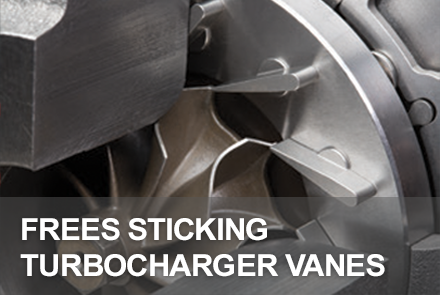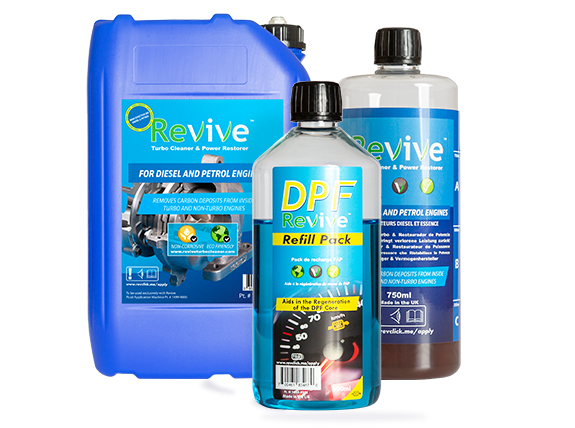Revive’s patented formulas are applied at velocity through the combustion process. It removes surface layers of soot and carbon deposits in tiny particles, which are no larger than the soot particles the engine naturally generates, making it safe to use on vehicles fitted with catalysts and particulate filters.
Despite technology evolution, turbo diesel engines still produce carbon and soot deposits, causing the variable vane mechanism inside the turbocharger to stick, resulting in erratic response, over/under boost faults, limp home mode and poor performance.
Revive treatments on Petrol/Gasoline engines can minimise oil and carbon deposits which may accumulate in the intake, throttle housing, and if fitted intercooler and turbo compressor, increasing efficiency and cooling ability.
If untreated, these deposits will restrict the flow of air, causing the engine to run rich, lumpy and give a significant drop in power and fuel economy.
The treatment is sprayed into the vehicle’s intake system before the turbo inlet whilst the engine is running. As the fluid passes through the engine, the active ingredients lock on to built up oily/carbon deposits and strip away surface layers. These tiny carbonised particles are no larger than the soot particles the engine naturally generates, making the process safe for vehicles fitted with catalysts and filters.














